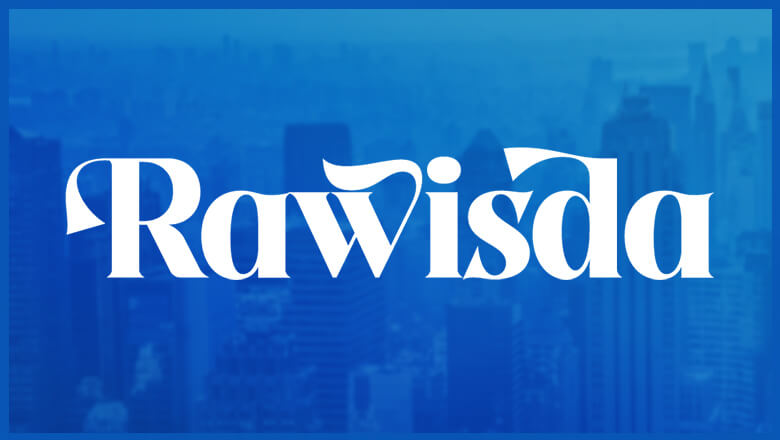
views
Warm Blonde Shades
Champagne blonde Champagne blonde is a very light blonde with a warm-neutral tone. This glistening shade features a mixture of pale gold and pearl tones, sometimes with the slightest pink cast. Best for: Cool undertones, especially fair to medium skin If your undertones are warmer, your stylist can add a golden tone to your highlights to flatter your complexion.
Barbie blonde It doesn’t get much more iconic than this. Barbie blonde is a very light blonde with a warm golden tone. It’s buttery, sunny, and an absolute classic. It’s a little high-maintenance—this is an all-over color, so it will be obvious when darker roots start growing in—but so worth it. Best for: Warm skin tones and fair to medium complexions
Butter blonde Butter blonde is a light blonde shade with warm yellow tones. It may have some cool undertones added to help balance the shade and create depth. This is a creamy shade that brings to mind freshly-churned butter, and it’s sun-kissed without being too bright. Best for: Warm undertones, especially paler skin
Golden blonde Golden blonde is a warm blonde that can be light, medium, or dark. It has a yellowish undertone that can range from light and buttery to a rich caramel, and even though it’s a low-maintenance color, it gives old-school glamour in a big way—think Sabrina Carter. Best for: Warmer undertones. This shade is especially good for emphasizing blue, green, or hazel eyes.
Butterscotch blonde Butterscotch is a medium-light creamy blonde color with warm undertones. This trendy, sun-kissed color brings to mind melted candy (in the best way). It often features coppery, golden, or caramel tones, although it can also sometimes lean slightly reddish. Best for: Warm skin tones, especially light, medium, and bronzy
Honey blonde Honey is a medium-light blonde with warm golden tones. This sticky-sweet shade—sometimes called honeysuckle blonde—often includes gold, copper, and brown undertones. It’s shimmery, glamorous, and flattering, especially when you pair it with a few lighter face-framing pieces. Best for: Warm skin tones, especially medium to dark
Sandy blonde Sandy blonde is a medium blonde with a warm base and both warm and cool undertones. It’s a natural-looking beige-blonde that gives off beachy surfer vibes, and the varied undertones mean it’s versatile enough for almost everyone. Best for: Warm, neutral, and slightly cool skin tones, especially olive undertones
Turmeric blonde Turmeric blonde is a medium blonde with buttery yellow tones. It usually starts with a deep, warm base with bright, buttery highlights added throughout. It’s a creamy, dimensional color that’s been spotted on the likes of Billie Eilish. Best for: Warm skin tones or pink undertones
Old money blonde Old money blonde is a medium blonde with warm tones. It’s sophisticated and elegant, giving quiet luxury in a big way. The color has a lot of versatility—sometimes it’s more sunny and buttery, other times it’s softer and more beige. But it always looks effortlessly rich, and it’s always in style. Best for: This color can be customized to flatter any complexion
Sunset blonde Sunset is a medium-dark blonde with warm highlights and lowlights. This tone often includes a dirty blonde base with peach, pink, rose gold, copper, and strawberry highlights and lowlights, creating a vibrant, multidimensional color that brings to mind a beautiful beach Best for: Warm skin tones, including peachy and olive If your skin tone is cooler, your stylist can use cooler colors to create a similar sunset effect.
Caramel blonde Caramel is a medium-dark blonde with warm golden undertones. It’s a shimmery, sun-kissed shade with amber and honey tones that’s just a little lighter than light brown and warmer than most blondes. This is a great option for anyone with dark hair who’s wanting to go blonde without changing things up too much. Best for: Warm or neutral skin tones, especially medium to dark and those with olive undertones.
Rose gold blonde Sometimes called rose blonde, this is a light-to-medium metallic blonde with warm, red tones. Copper and pearl are combined to create a beautiful one-of-a-kind peachy shade that’s a little too red to be blonde and a little too blonde to be red. Best for: Any skin tone—your stylist can use a little more pink if your skin tone is cooler or a little more peach if you have warmer undertones.
Strawberry blonde Strawberry is a medium blonde with reddish tones, but it’s still blonde enough not to quite fall into the true red category. The color can range from golden to coppery, with hints of peach or apricot. Best for: Fair to medium skin with cooler tones or darker skin with warm tones
Cinnamon blonde Cinnamon blonde is a medium-dark blonde with coppery-brown tones. It’s similar to strawberry blonde, but a little darker and more metallic. It’s versatile and rich, and looks especially great with a few honey highlights woven throughout. Best for: Anyone–this color is flattering on most people
Neutral Blonde Shades
Baby blonde Baby blonde is a soft, light blonde that falls somewhere between neutral and warm. It can sometimes have cool beige or ash undertones, or it may have warm golden or buttery undertones. This style usually features darker roots with tiny highlights and lowlights woven throughout the hair to mimic a baby’s natural blonde. Best for: Warm, fair skin tones
Cream blonde Cream blonde is a neutral light blonde with both warm and cool tones. This versatile, natural-looking shade is buttery and sun-kissed, but has cool ash and pearl undertones that keep it from being truly warm. This popular color is showing up everywhere right now—and we’re here for it. Best for: Any skin tone, especially cool or neutral This shade is also called buttercream blonde.
Chantilly blonde Chantilly blonde is a light, creamy blonde with a neutral-warm tone. It’s creamy, bright, and buttery, but cooler than true warm shades. This is one of the trendiest blondes out there right now—it’s a favorite of Beyonce! Best for: Warm skin tones, especially medium to dark skin
Beige blonde Beige blonde is a medium, neutral blonde with warm and cool undertones. This creamy shade is anything but boring—and because it’s a neutral tone, it’s flattering on almost everyone. Best for: This color can be customized to suit any skin tone
Dirty blonde Dirty blonde is a medium neutral blonde with both brown and blonde tones. It’s a natural-looking blonde that can be customized to be either warm or cool, depending on what will suit your skin tone best. This low-maintenance color is great if you want to go blonde without looking like you’re trying too hard. Best for: Works on all skin tones
Walnut blonde Walnut blonde is a medium, neutral blonde with both warm and cool undertones. It’s a creamy brownish-blonde with hints of gold, much like the rich color of walnut wood. It’s chic and trendy, and perfect when you want to go blonde—but not too blonde. Best for: Cool and neutral skin tones
Bronde Bronde is a dark blonde/light brown shade that can be warm, neutral, or cool. It’s a low maintenance color that often features darker roots and more blonde near the ends. Best for: Anyone—the color can easily be adjusted to flatter any skin tone
Cool Blonde Shades
Targaryen blonde This Game of Thrones-inspired shade is a very pale blonde with cool silver tones. It’s almost white, and sometimes has slight hints of gold woven throughout. This pale shade is a little hard to pull off—it tends to wash out most skin tones—but it’s great if you’re going for a dramatic look. Best for: Very pale, cool complexions
Nordic blonde Nordic blonde is a pale yellow blonde with cool icy tones. This natural, sun-kissed shade is one of the palest blondes out there, which means it’s not right for everyone—but if you can pull off this radiant, shimmering color, it’s especially pretty. Best for: Fair to medium skin with cool or pink undertones
Platinum blonde Platinum is a very light blonde with cool, silvery tones and both cool and slightly warm undertones. This nearly-white shade is pretty high-maintenance, but it’s glamorous and timeless—so if you’re up for the challenge, it might just be worth it. Best for: Cool undertones, but it can work with anything from very dark to very light skin
Ice blonde Ice blonde is a very pale, bright blonde with a cool, silver base and cool undertones. It’s even cooler than platinum blonde—blue and violet are often added to give ice blonde its iconic, frosty look. It can be hard to achieve this color, especially if your hair is naturally dark—but we still think it’s major #hairgoals. Best for: Cool or neutral undertones, especially fair to medium. It also helps draw attention to light-colored eyes.
Pearl blonde Pearl is a very light metallic blonde with cool silver tones. The undertones can range from ash to violet. Pearl is a shimmering blonde with undertones that can include ash, violet, lilac, and pink. Best for: Cool undertones, especially fair to medium complexions
Ash blonde Ash is an iconic light blonde with cool tones. This timeless, smoky shade can have blue, green, or purple undertones. It can be adjusted to be lighter or darker, and sometimes pearlescent tones are added for dimension. Best for: Cool skin tones
Mushroom blonde Mushroom blonde is a medium-dark blonde with cool, gray tones. It may have hints of ash, gray, silver, brown, and purple for a frosty look with tons of dimension—and it’s seriously on-trend right now. Best for: Cool skin tones
Blush blonde Blush blonde is a light pinkish blonde that’s cool-toned with slightly warmer hints. It starts with a cool base with pink, rose, or peach undertones. The pink can range from barely-there subtle to more obvious, so it’s versatile enough for any style. Best for: The pink hue can be adjusted to suit both cool and warm skin tones
Grey blonde Grey blonde is a medium-light shade that combines darker, cool undertones and icy highlights. It’s a look with a lot of contrast and dimension, and let’s be real—maintaining this color takes a lot of work, so it’s a little bit of a flex in its own right. Best for: Warm complexions
Types of Blonde Highlights
There are tons of different highlighting techniques to choose from. Each one creates a unique look, so you and your stylist can work together to figure out exactly how you want your blonde to pop. Some of the most popular highlighting techniques include: Balayage: Color is swept across the surface of the hair for a subtle, sun-kissed look Foilyage: Like balayage, except applied with foils Ombre: Color gradually transitions from darker at the roots to lighter at the ends Babylights: Tiny highlights are threaded throughout the hair for a subtle pop Moneypiece: Lighter blonde highlights that frame the face Chunky: Larger highlights that create a sharper contrast Twilighting: Subtle highlights that are used to create a moonlit look Rooted/Blurred roots/Brushed roots/Smoky roots: The roots are left slightly darker than the rest of the hair. Great for extending the time between appointments. Different techniques may be used to create the transition between the roots and the rest of the hair. Peekaboo: Highlights are placed under the top layer of hair so they pop out as your hair moves Dip-dyed tips: Bleach or color is applied only to the ends of the hair
How do I know which shade of blonde is right for me?
Check your skin tone/undertone. Professional hair stylist Steven Waldman says, “One of the easiest tricks that we use in the hair salon is to look on the underside of your forearm. If the veins closest to the surface look blue, you’ll usually have cool tones in your skin, so a cooler color will be more flattering. If the veins are green, you probably have warm, golden tones in your skin, so a warmer palette will be more flattering.” If your veins look greenish-blue, you probably have a neutral skin tone, so you can choose from warm, cool, or neutral tones.
Get inspiration from your wardrobe and jewelry. Waldman says, “Look in your closet—if you mostly see warm tones, those shades probably make you feel best, so go with golden and honey tones when you’re choosing a blonde. If you’re more drawn to cooler tones or silver jewelry, you will probably prefer a cooler blonde.”
Consider your natural hair color. Hair color specialist Karen Leight says, “Talk to your stylist about what’s attainable for your hair. If you have darker hair, it might not lift all the way to a platinum blonde. Your stylist might recommend that you lift the color over multiple appointments, or they might suggest another color that will work for you.” Leight also recommends, “The best way to figure out what works for you is bring in some pictures of people with similar skin tones or similar makeup styles, and then just go from there. It should be a collaboration between the stylist and the client.”
How do you go from black to blonde hair?
It's best to see a professional hair stylist for this drastic change. Professional hair stylist Sarah Kosakowski recommends, “Depending on how dark your current hair color is, it will usually take a minimum of 3–4 appointments to achieve your hair goal. Everyone’s hair lifts through warm stages—red to orange to yellow. If you want to get to a light blonde color, you have to lift to the palest yellow color, then use a toner to achieve the perfect blonde color.”
Maintaining Blonde Hair
Use a gentle, sulfate-free shampoo. Bleaching your hair blonde can be pretty damaging, so treat your hair as gently as possible when you wash it. Opt for shampoos and conditioners without harsh detergents, and try not to scrub your hair too hard when you wash. Try using a purple shampoo if your hair starts to look a little more yellow or orange than you’d like. This will deposit a light purple or silver tone on your hair that will help cool the color back down.
Apply a heat protector before using heated styling tools. Another way you can protect your hair is to always apply a thermal heat protectant on your hair before you use a curling iron, straightener, or blow dryer. Even better, embrace your hair’s natural texture and skip the heat styling altogether. If you’re going to be outside, consider wearing a hat or applying a product with UV protection. That will help prevent additional damage and discoloration.
Give your hair plenty of deep conditioning. Talk to your stylist about the right conditioners and repair products. Hot oil treatments, protein masks, and bond repair serums can all help restore your hair’s healthy shine, so they’re an essential part of maintaining blonde hair.
FAQs
What is the most flattering shade of blonde? There’s no one shade of blonde that’s universally the most flattering. The right shade for you will complement your skin tone—and your personality.
Does blonde make you look older or younger? Blonde hair has a tendency to make you look younger. The right shade of blonde can give you a vibrant, youthful look and help brighten your overall appearance.
How many different shades of blonde are there? There are an endless number of blonde shades. Different highlights, lowlights, and undertones can all be combined to create completely customized shades—so no two blondes are alike.











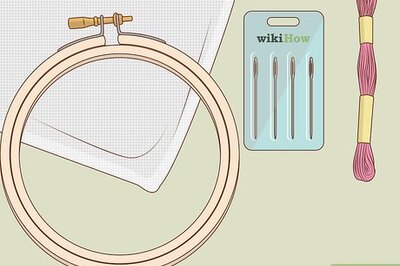
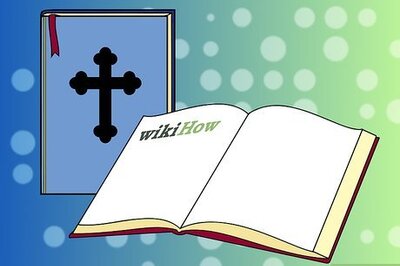
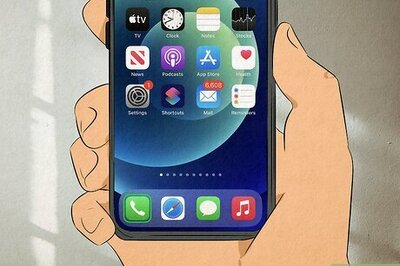
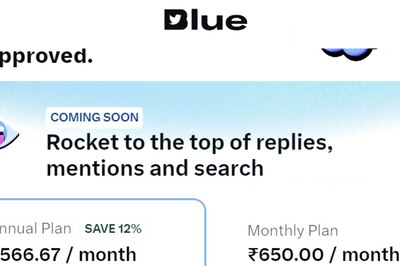
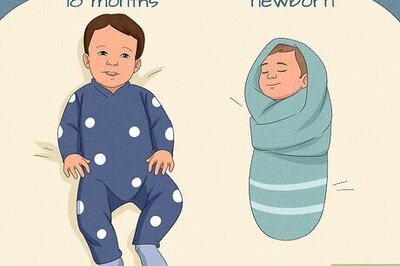

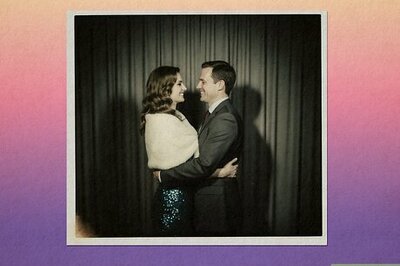
Comments
0 comment